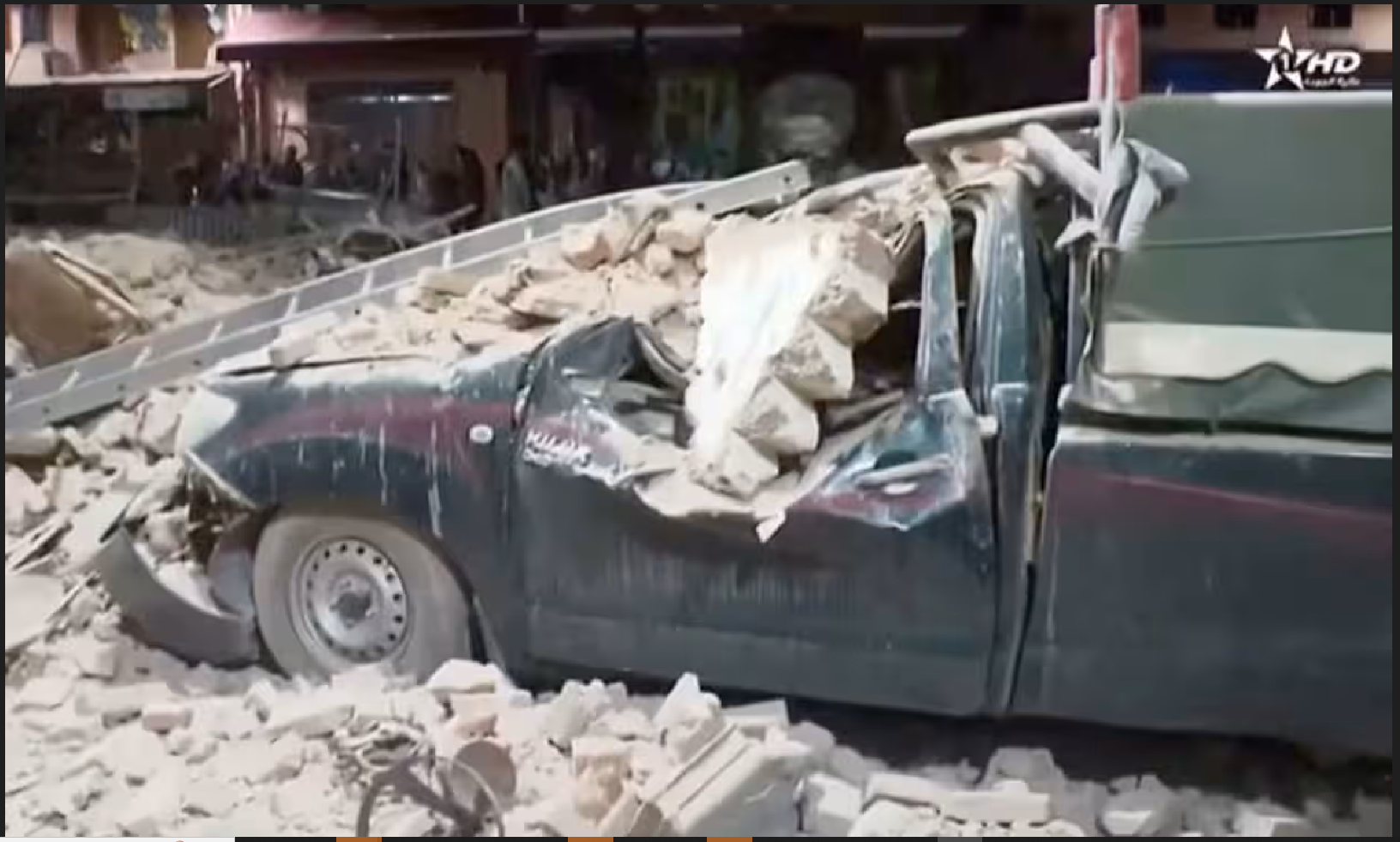Unveiling the Reason Behind Moroccan Homes Being Affected by the Earthquake: Insights from a Geology Professor
Introduction
Dr. Badr Essafrawi, a geology professor at Moulay Ismail University in Morocco, has confirmed that the recent earthquake in Morocco was exceptionally strong and originated from the southwest of Marrakech, located in the Western Atlas Mountain range. This region is known for seismic activity, extending through the Atlantic fault to Tunisia and Algeria.
Comparison with the 1960 Earthquake
Dr. Essafrawi highlighted that the earthquake that occurred in Agadir in 1960, although less intense than the recent one, was still significant. He emphasized that the northern regions and Agadir are among the most earthquake-prone areas in Morocco.
Affected Areas
The professor stated that the most affected areas by the Moroccan earthquake were Marrakech, due to its proximity to the epicenter of the seismic activity.
Aftershocks and Response
Regarding the aftershocks, Dr. Essafrawi explained that their occurrence is a natural response to the earthquake. He mentioned that urgent measures are being taken by the authorities, under the orders of the Moroccan King, to rescue the injured and assist the victims.
Challenges in Accessing Affected Areas
The geology professor highlighted the difficulty of reaching certain areas in the aftermath of the earthquake, particularly those located in remote mountainous regions. He further explained that the affected houses, mainly constructed with compacted earth, along with the strength of the earthquake, contributed to their damage.
Conclusion
Insights from Dr. Badr Essafrawi shed light on the recent earthquake in Morocco, emphasizing the strength of the seismic activity and its impact on homes in affected areas. The professor's expertise provides valuable information regarding the nature of aftershocks and the challenges faced in reaching remote locations for rescue operations.






